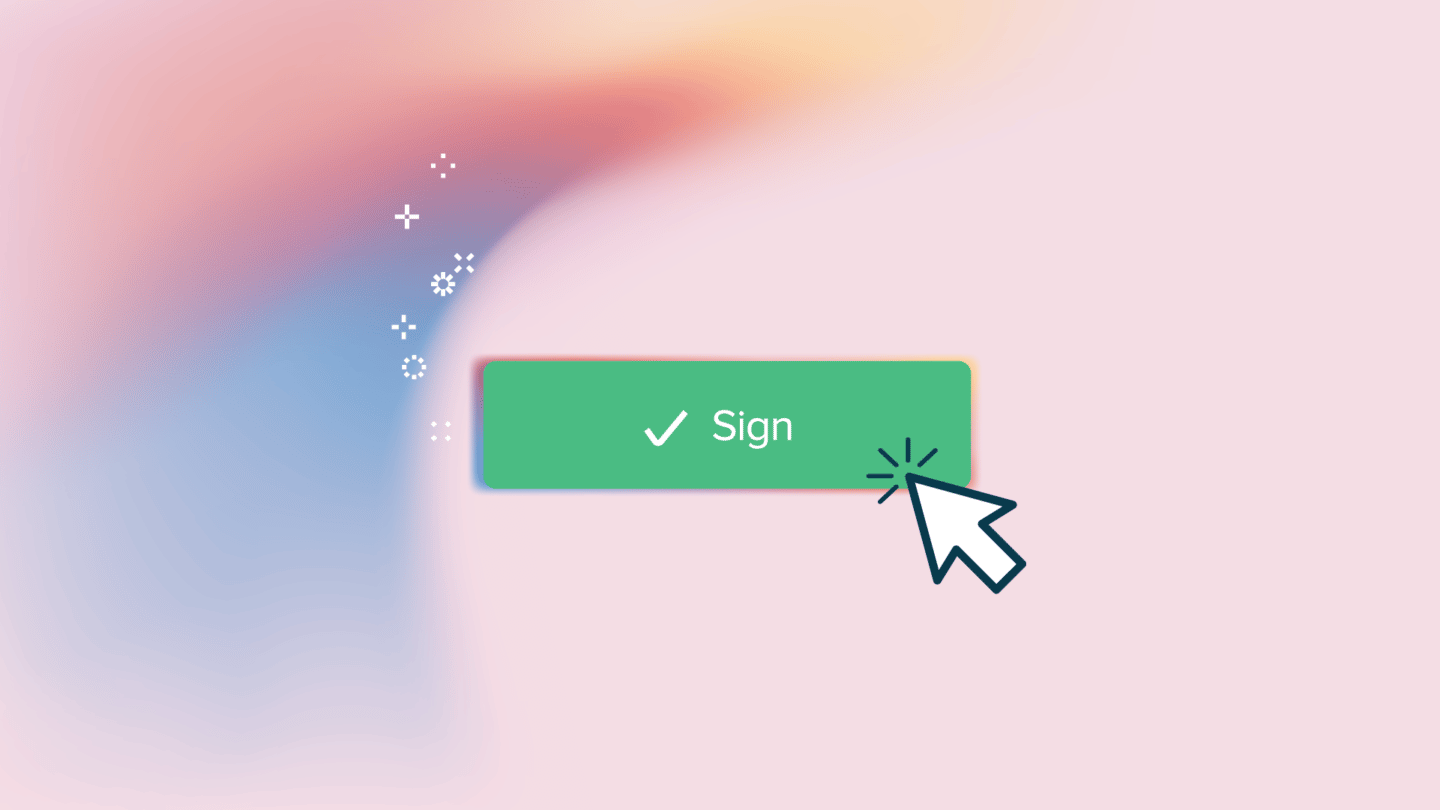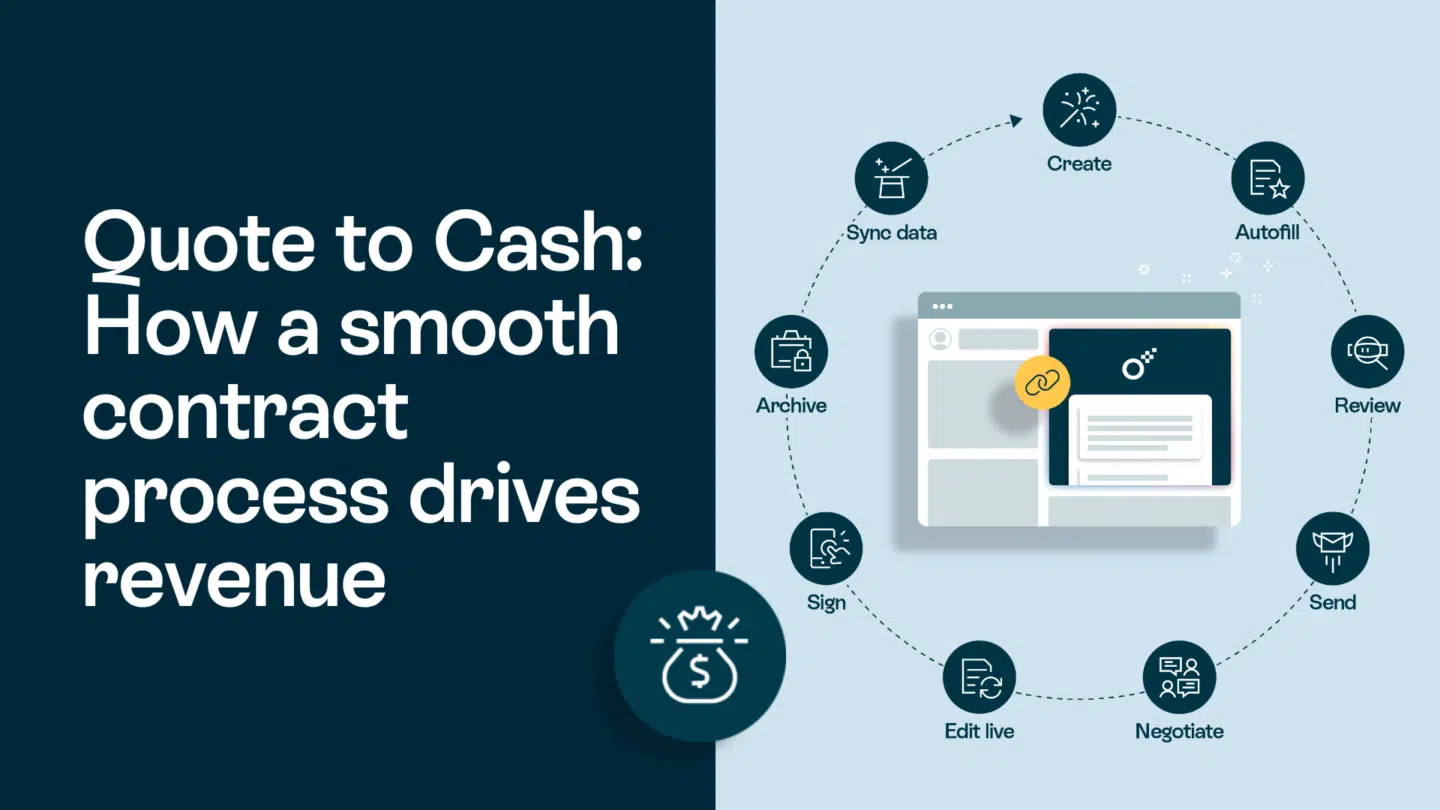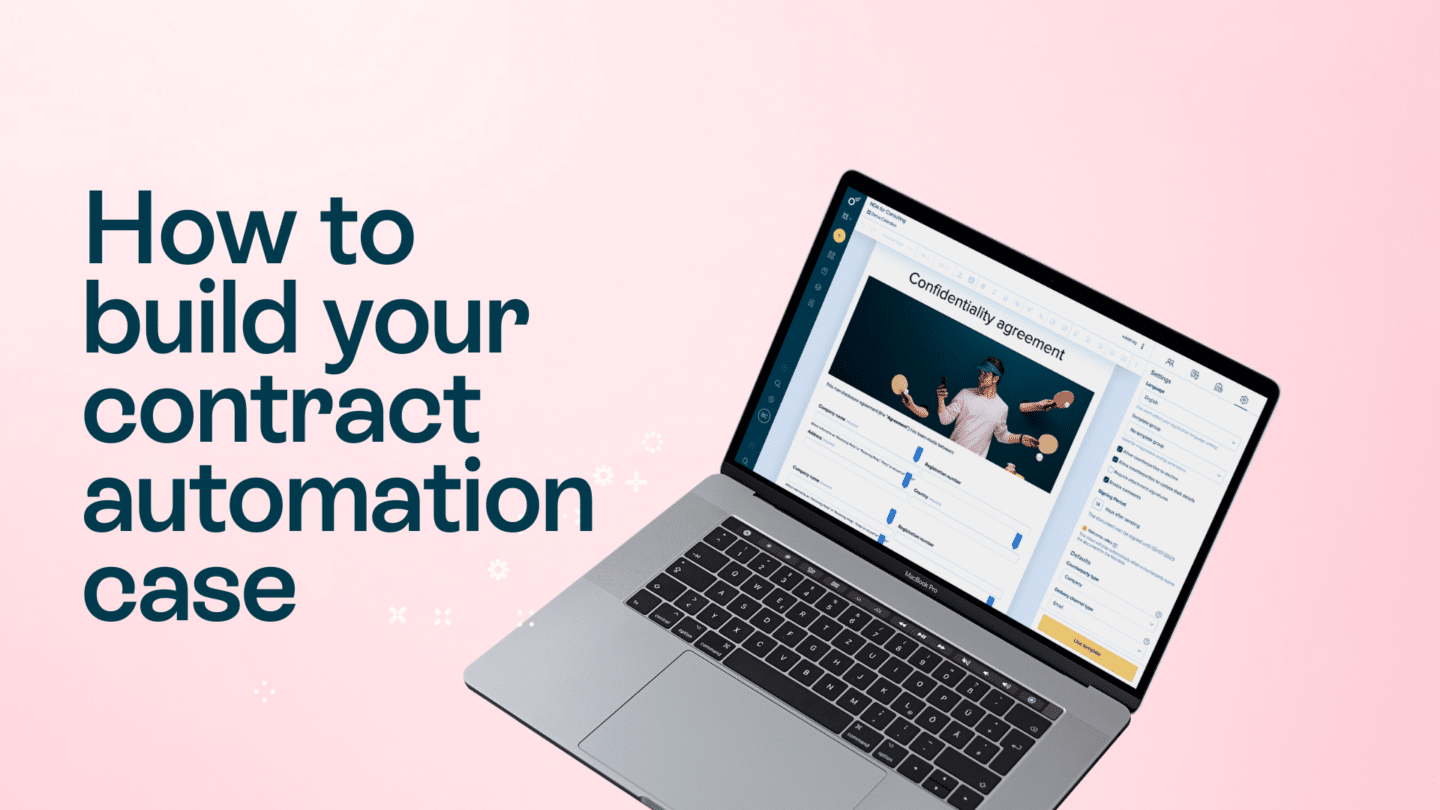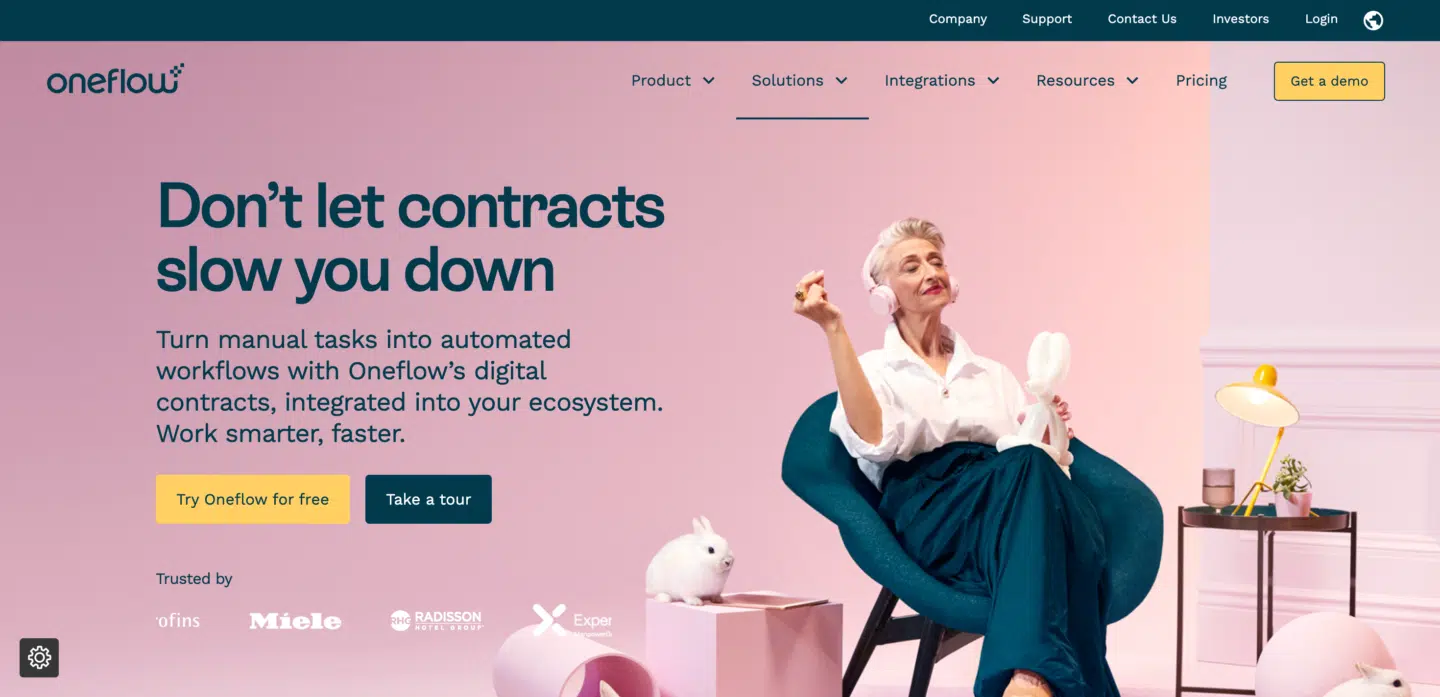There’s a saying that it takes a village to raise a child. Sales are no different – it takes an entire team to generate and qualify leads and convince them you’re the solution they need.
Prospects signing new deals is the foundation of any business’s survival and growth, especially when it comes to digital products or software, where competition is cutthroat. It’s tempting to think that it was something on the prospect’s end that did not click, but most often, it’s any of the following reasons why prospects are not signing with you:





Discover your sales assassin alias
And get the tech stack that will support your killer vibe.
1. You can’t identify their pain-points
Your clients sign you because your solution solves a problem that they have, so understanding their pain point is possibly the most important thing you can do to ensure the deal goes through.
Not identifying how your product solves a problem for them is by far the leading reason why prospects are not signing with you. Even if the overall feedback from the customer is good, in fact, you’re a nice-to-have solution, and not something they see as solving a process or an issue for them.
You should be able to find any explicit pain points if you show genuine interest in your lead during your discovery call. If they agreed to a meeting, then they have a pain point and think you can help. You just need to ask and listen.
That said, knowing the pain is just the beginning for you. Now that you know, you’ll need to create a convincing sales deck around that specific need. If you want to see how it’s done, see these sales deck examples.
If you’ve conducted a discovery call and you couldn’t identify your prospective client’s needs, this may simply mean that they don’t need your solution. Don’t be disheartened by this, it’s good news – now you know you can disqualify this lead. No harm, no foul, no time wasted.
Read also: What is your sales persona and your recommended tech stack?
2. Prospects are not signing because: You don’t have a clear ICP
Especially when you start out as a business, the pressure to sell is huge. Sometimes your product can serve several industries or have various functionalities that serve different customers in different ways. It’s paramount to define what your product can do and outline what your Ideal Customer Profile (ICP) is.
Spray and pray outreach may bring you some good leads that you may even sign, but, make no mistake, your marketing and sales team will overwork themselves to no fruitful end.
Defining your ICP will bring quality over quantity and feed your sales team only leads that your product can serve, thus increasing your conversion rates. It’s simply an issue of working smart.
3. You’re not actively listening to their needs – a common reason why prospects are not signing with you
As a salesperson, you know that preparing for your demo call or meeting is essential, but keep in mind that you should not be talking to your potential customers, but with them.
Sometimes deals that seemed like a sure thing just fall through because your product is not really what they need or looking for. In this situation, you may be failing to actively listen to your prospects’ needs.
What you can do to avoid this is to listen to each professional on the call (each with slightly different needs) and pinpoint the exact ways in which they express their needs and how they perceive your solution in this context. Also, be alert to any cues from your attendees. Their time is valuable, and they will let you know when you’ve lost their attention.
Read also: How digital contracts can boost your business?

4. You’ve fallen through the cracks of their budget
Sometimes your products and solutions are cross-functional – and that’s a good thing because you can serve more than one team. But even if everyone is happy to move forward with the deal, it’s not always clear to the buying organization from which department the budget comes.
Many times in this situation, it takes a while for the departments to solve the issue of who’s paying you, and your lead might get cold.
To avoid this, it’s always wise to establish early in the process that there’s a budget for your solution, or you might end up stuck in limbo and then struggle to get everyone back on track.
5. You’ve failed to create a sense of urgency
The longer the sales process takes, the harder it is to sign the deal, so creating a sense of urgency is critical.
If you’re hearing things like we might think about buying this next quarter, then it means that your prospect did not really see how your product can help them solve a problem now.
It’s important to showcase how you can improve their processes and make their lives easier right now, not later. But always treat this issue with diplomacy – you can’t bully a prospect into signing you.
Read also: The role of digital signature in getting you more sales
Here are some tips on how to avoid losing deals and make prospects signing with you
Now you know some of the reasons why prospects are not signing with you. Here’s what you can do to prevent it:
- You know that your product is great, but your prospects are bombarded with new product presentations every week, if not daily. You have to be on top of your game when it comes to your sales decks. Make sure to make persuasive sales decks that address each prospect’s specific needs and concerns. A great way to keep your presentations visually engaging and unique is by using free downloadable backgrounds. Avoid creating generic one-shoe-fits-all decks by personalizing your decks with unique backgrounds that resonate with your audience..
- Avoid using PDFs and the old static slides that offer your leads a frustrating user experience. Instead, use a fully interactive sales deck creator like Storydoc. Such B2B content creators will enable you to integrate sign-up forms or schedulers and analyze how your decks are being read. This goes beyond a powerful CTA, it actually books you the next meeting with your prospect, or captures them directly into your CRM.
- When on your demo call, make sure you listen to every person present – they all want to know how your solution will solve their pain point, and how it will work cross-functionally. Make everyone feel heard and address specific issues on the spot, like taking their questions or concerns to the product and dev team if necessary.








